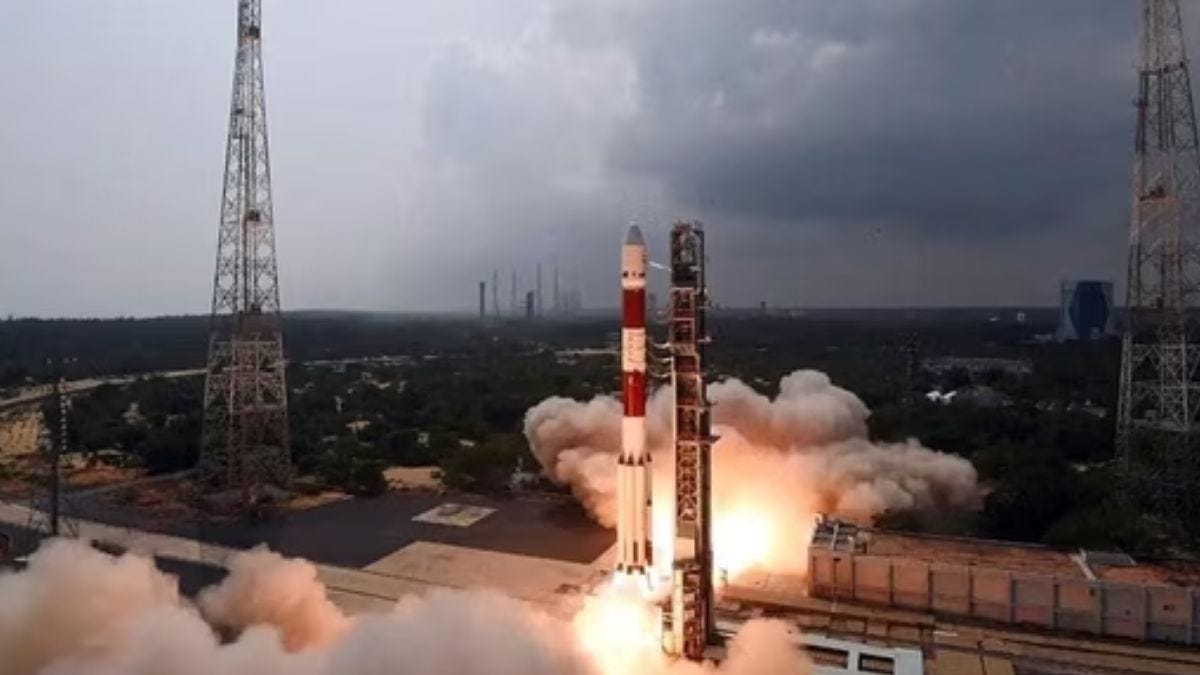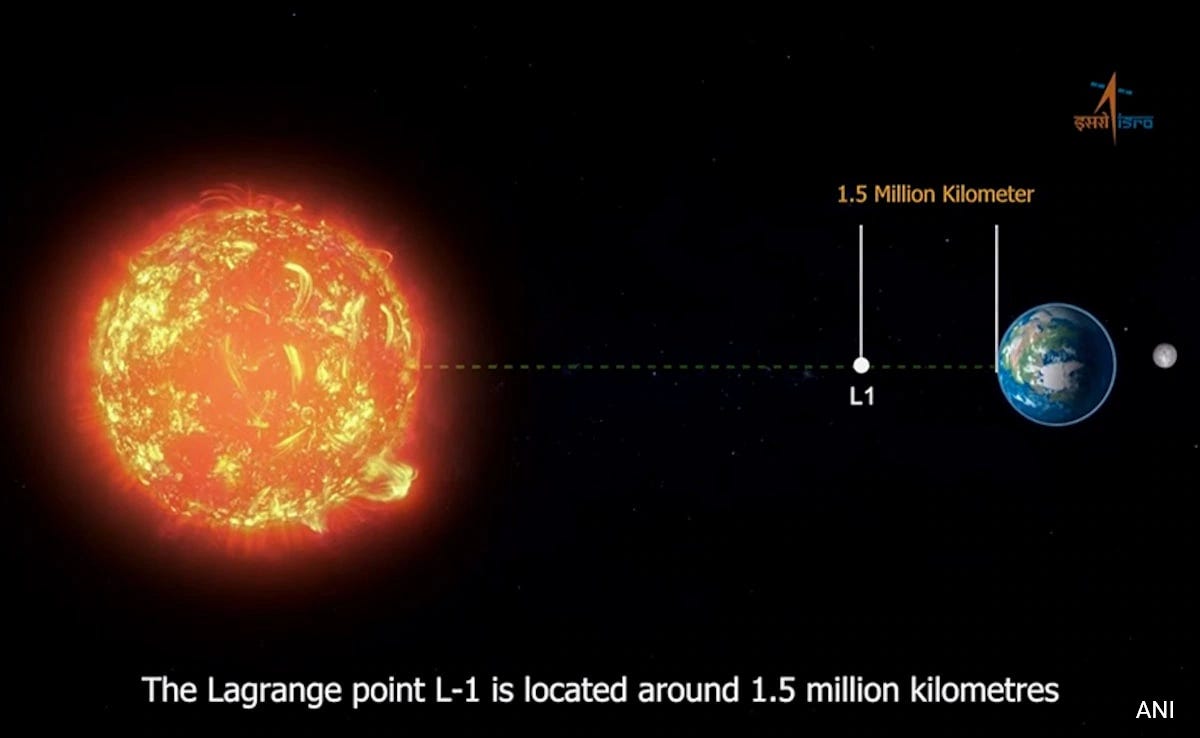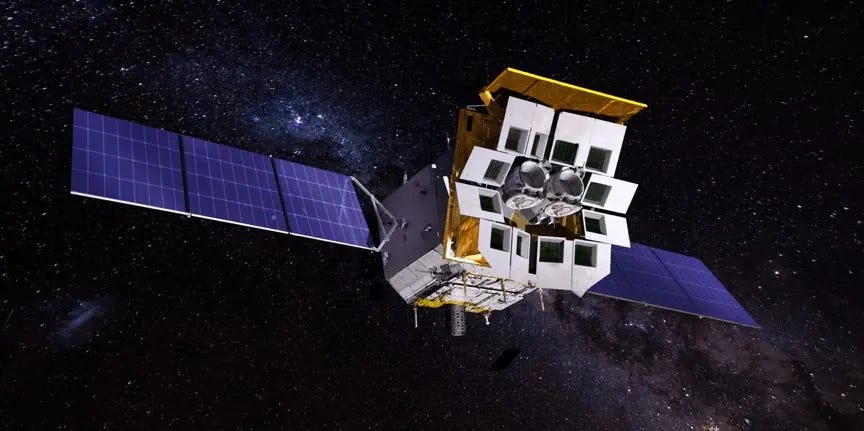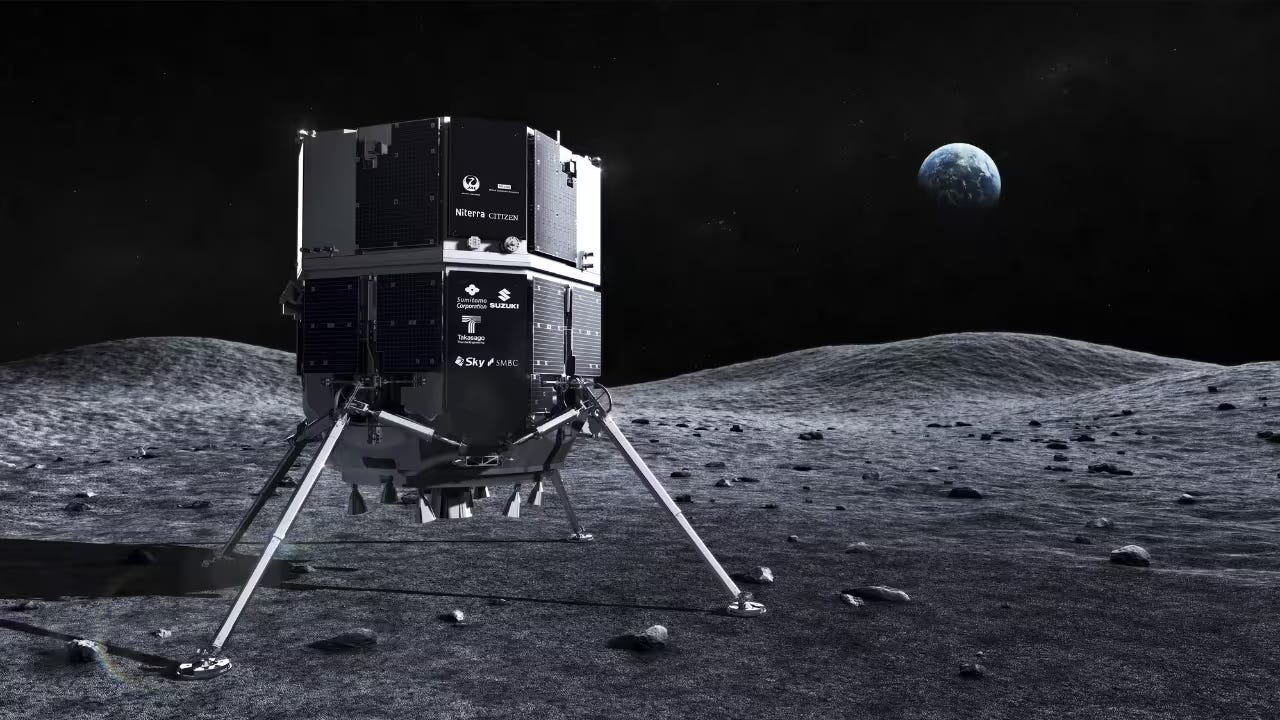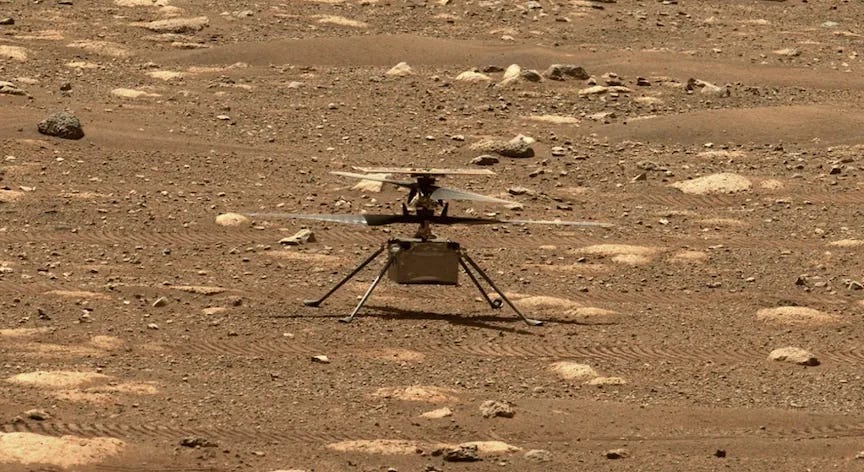Monthly Space News Recap - January 2024
Top 5 of the month's most interesting space updates
ISRO launches XPoSat observatory
ISRO recently launched its XPoSat X-ray observatory on January 1st. The new satellite will be used to study black holes, neutron stars, supernovae etc. It uses a technique called X-ray Polarimetry which studies how different substances influence the behaviour of X-rays. This makes satellites like XPoSat very rare and advanced. There is only one other such satellite functioning currently, making it the second-ever satellite of such kind to be launched. It also makes India the 2nd country to successfully launch such a satellite.
Another interesting fact is that the 4th stage of the rocket that launched it is also designed used to serve one more experimental purpose. The fourth stage (POEM-3) will orbit the Earth with 10 payloads of its own and act as an orbital platform in the Low Earth Orbit. Those 10 payloads will conduct their own experiments onboard.
Aditya-L1 enters solar orbit
ISRO’s Aditya-L1 solar observatory finally reached the Earth-Sun Lagrangian-point-1 this January. The spacecraft has now entered its halo orbit (Note: Halo refers to the shape of the orbit) around the sun. The spacecraft will now study the sun and its corona from its orbit 1.5 million km from the Earth. While this may sound like a large distance, it is still pretty much closer to the Earth as the sun is 147 million kilometres away. It is still a good position for it to continuously observe the sun without atmospheric influence and other interruptions.
China launches its new Einstein Probe
Last month, China launched its latest X-ray satellite called the ‘Einstein Probe’ into space. The probe is an X-ray observatory that will be used to study cosmic objects that shine brightly in X-ray light. What makes this probe special is that it is shaped and designed like a blooming lotus, with each of its 12 ‘petals’ consisting of a wide-field X-ray telescope (WXT), and 2 stamens in the centre consisting of a follow-up X-ray telescope (FXT). This unique structure helps the probe monitor a wide area of the sky and spot new X-ray events as soon as they occur.
Japan becomes 5th country to land on the moon
Last month, JAPAN’s Moon Sniper mission successfully landed on the moon, making Japan the 5th country to land on the moon. The mission was launched last September (2023) and took nearly 4 months to finally land on the moon. In comparison, Chandrayaan-3 took 40 days. Moon Sniper landed near the Shioli crater located on the near side of the moon (the part visible to us). The mission was not a complete success, however. It was found that the lander’s solar panels were not generating power. The lander is now running on battery power. This has significantly reduced the mission life. Experts believe that the problem will be resolved as the angle of the sun changes.
Ingenuity too damaged to fly
NASA’s Ingenuity Mars helicopter met with an accident during its 72nd flight. As a result of a rough landing where it accidentally crashed onto the rocky Martian ground, the craft’s rotor was severely damaged and a tip had broken off. This makes the craft too damaged to ever fly again. However, it exceeded its expected mission life of 30 days or 5 flights.


